Launched with the seventh-generation Corvette in January 2013, the new Gen V V8 ushered in a new era of tech for GM’s venerable small-block. The new LT1 may have had the same capacity, bore/stroke, six-bolt mains, all-aluminium 90-degree construction, 4.40-inch centre-bore spacing, cam location, pushrods and deck height as the LS3, but it also brought some huge differences.
On top of a new block and head design, the cooling and oiling systems were radically overhauled, and all Gen Vs feature direct injection. Power was up all over the shop, with the LT5 found in the C7 ZR1 packing 755hp, making it GM’s most powerful production car.

In the decade since the LT series broke cover, GM has released 11 variants, with the new 6.6-litre (400ci) iron-block L8T causing a huge stir amongst enthusiasts looking to build boosted combos off a production block. On the higher-tech front, the new naturally aspirated LT6 from the C8 Z06 Corvette brought dual overhead camshafts, 5.5-litre capacity, an 8600rpm redline and an astounding 670hp output.
On top of this, GM still has plans to release a spicier version of the LT in the upcoming hot-shoe C8 Corvette ZR1, so we’ll bring you the skinny on that when details are confirmed.
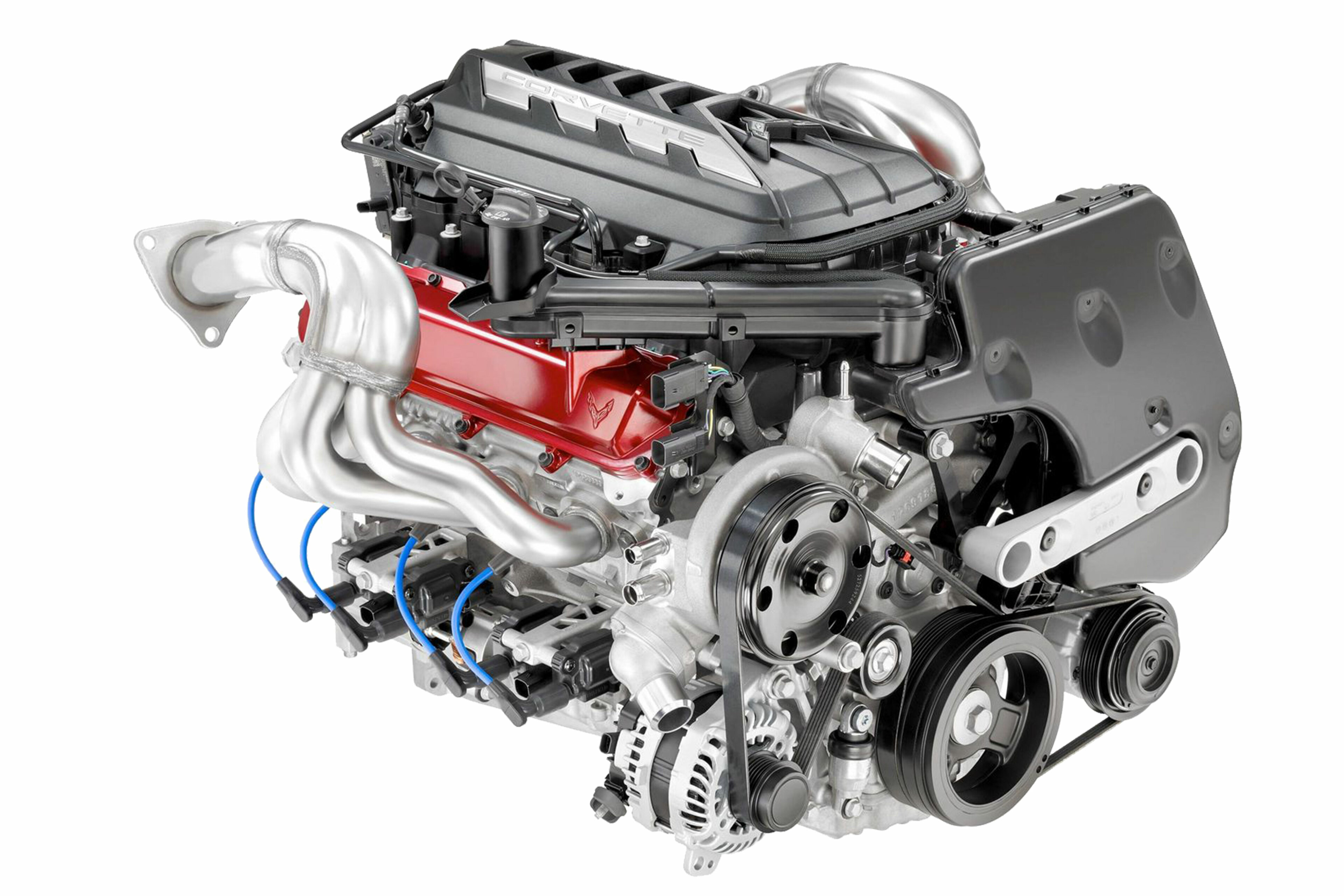
In terms of power potential, these babies have loads! One of the many big upgrades the Gen V enjoys is gusseted water jackets in the aluminium blocks, as these add a great deal of strength. While alloy Gen IV blocks are known to tap out around 700hp, the alloy LTs can nudge 1000hp thanks to better stability in the platform.
So far, we haven’t seen enough iron L8T builds taken to the limit to say what they can handle with any certainty. The 12mm head bolts (larger than the 11mm used in LS) should provide better clamping to handle boosted combos, while GM has also worked on eradicating windage issues from the LS, which always suffered in this area due to the deep-skirt design of the blocks.
Engine code: L83/L84
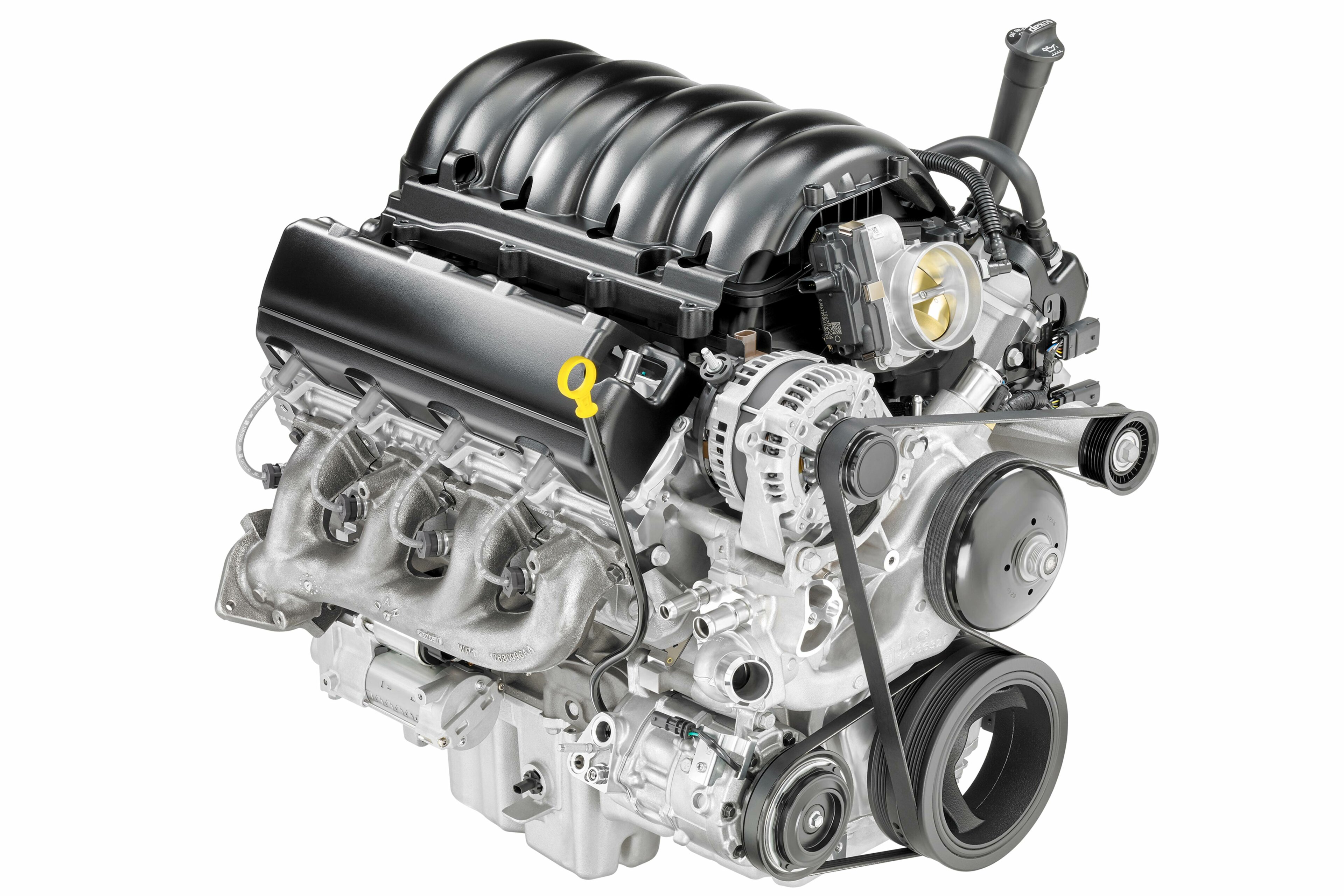
Block type: Alloy
Bore size: 3.78in
Capacity: 5.3L
While we commonly think of the Vortec-series 5.3-litre LS ‘truck’ engines as iron-block variants, the Gen V mills changed all this. Now called EcoTec3, both the L83 and L84 5.3s feature alloy bocks and 11:1 comp. Packing 355hp and 383lb-ft, these 5.3-litre Gen Vs use a cast crank and hypereutectic aluminium-alloy pistons, and really only differ due to packaging differences in the various truck models they’re sold in. Thanks to the direct-injection and cylinder-deactivation AFM tech, the L83/L84 in GM light-duty trucks are claimed to be more fuel-efficient than Ford’s turbo six-pot EcoBoost donks.
Engine code: LT6
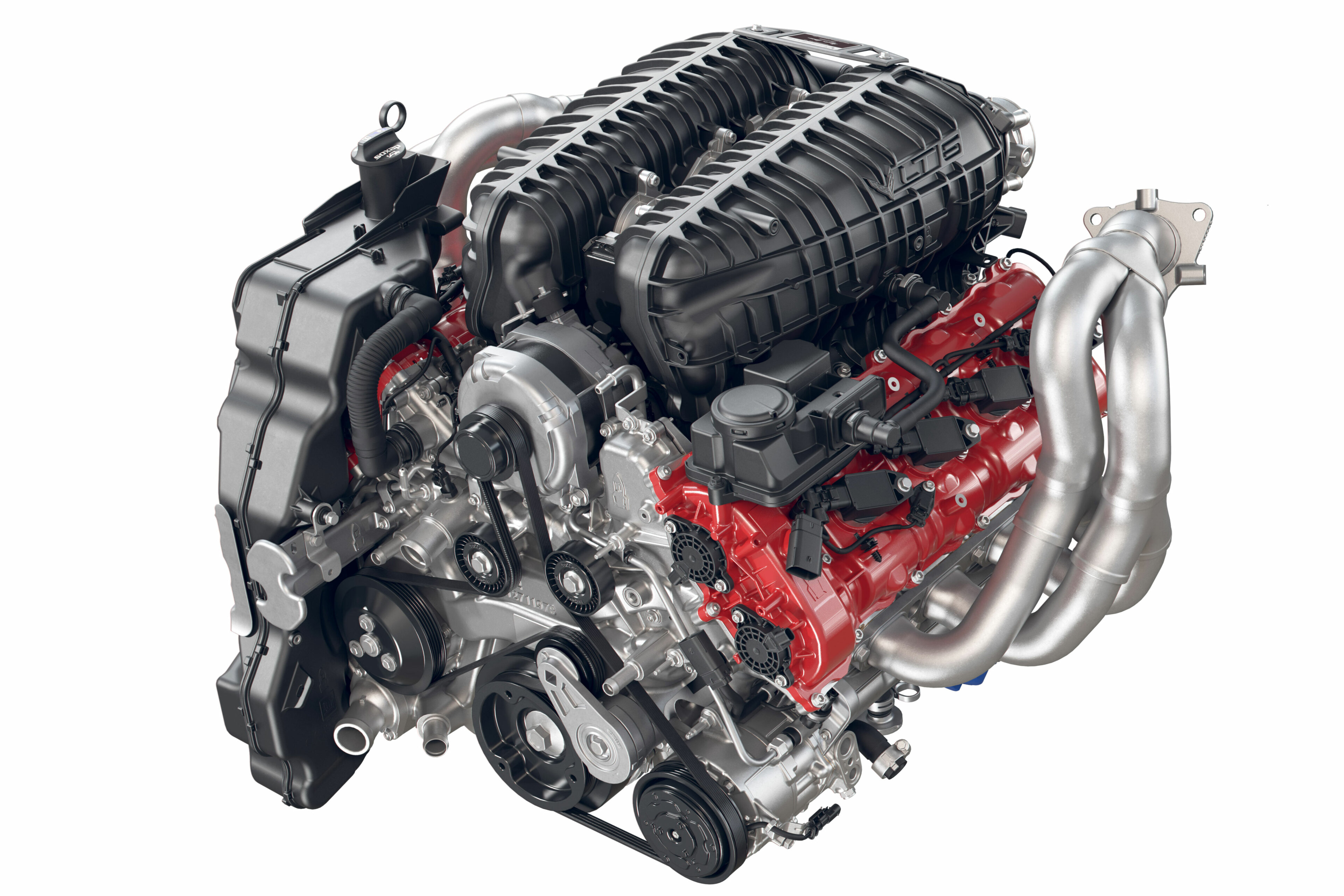
Block type: Alloy
Bore size: 4.10in
Capacity: 5.5L
Thumping out an amazing 670hp, the 5.5-litre LT6 is currently the most powerful naturally aspirated V8 found in a production car in the world. Developed for the supercar-fast C8 Corvette Z06, it is almost an LT in name only thanks to it having to fit into a mid-engined car. Packing chain-driven dual overhead camshafts, titanium rods and intake valves, 32 valves, a flat-plane crank, dry sump oil system and 12.5:1 comp, it’s a spicy unit. The intake manifold is a giant 11-litre item packing twin 87mm throttlebodies, meaning the direct-injection squirters ended up side-mounted, unlike other LTs. Redline is an amazing 8600rpm.
Engine code: LT1
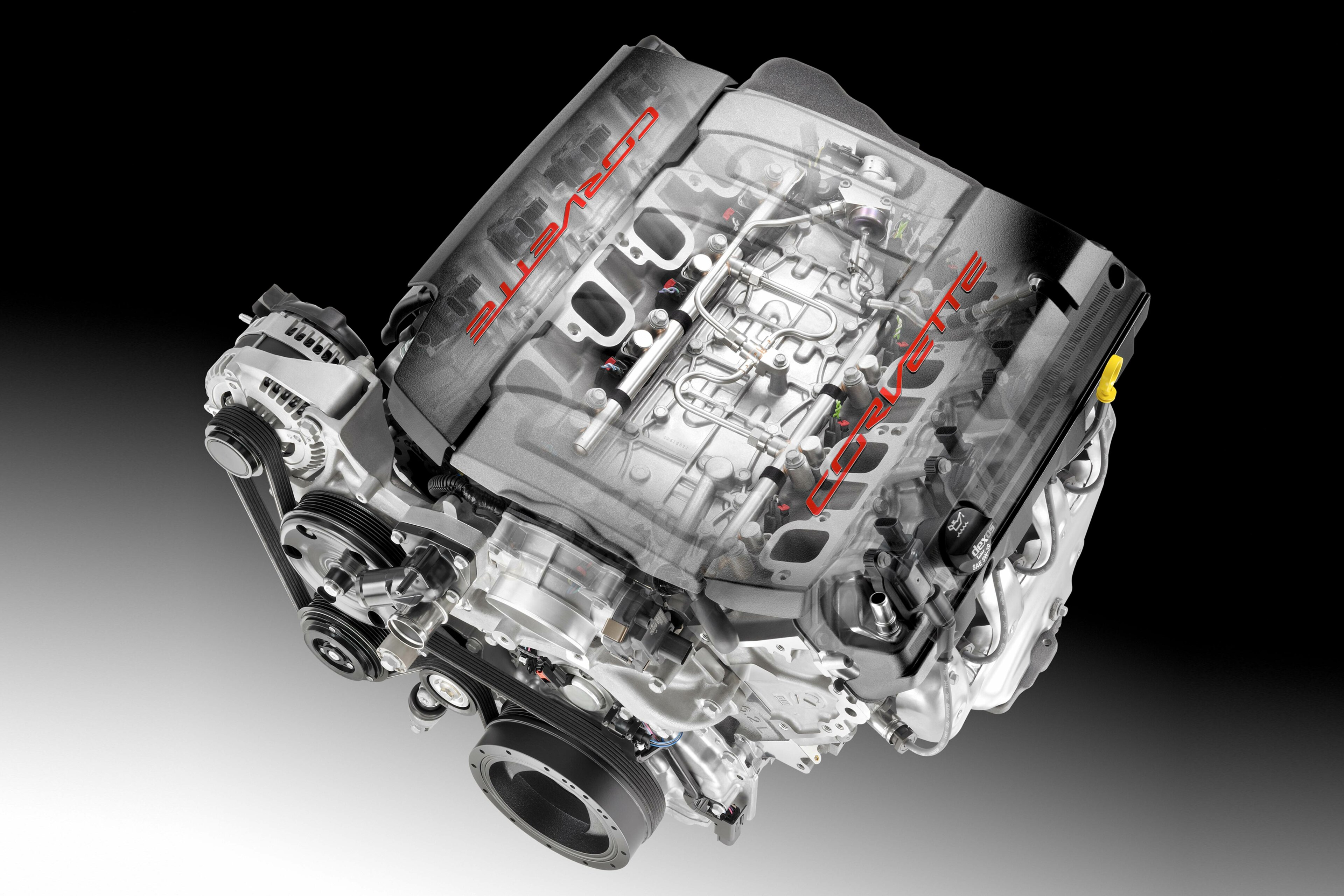
Block type: Alloy
Bore size: 4.06in
Capacity: 6.2L
With 460hp, 11.5:1 comp and a forged steel crank, the all-new LT1 brought a fair bit of heat to the C7 Corvette and sixth-gen Camaro. The oil pump runs variable displacement, and the cylinder heads are a common design, meaning they’re the same on left and right banks, while cylinder deactivation (AFM) and direct injection bring the pushrod V8 into the 21st century.
GM retained the 4.40in bore spacing and six-bolt mains, but changed the position of the engine mounts, so they won’t bolt in where an LS once was (see sidebar, opposite page).
Engine code: L86/L87
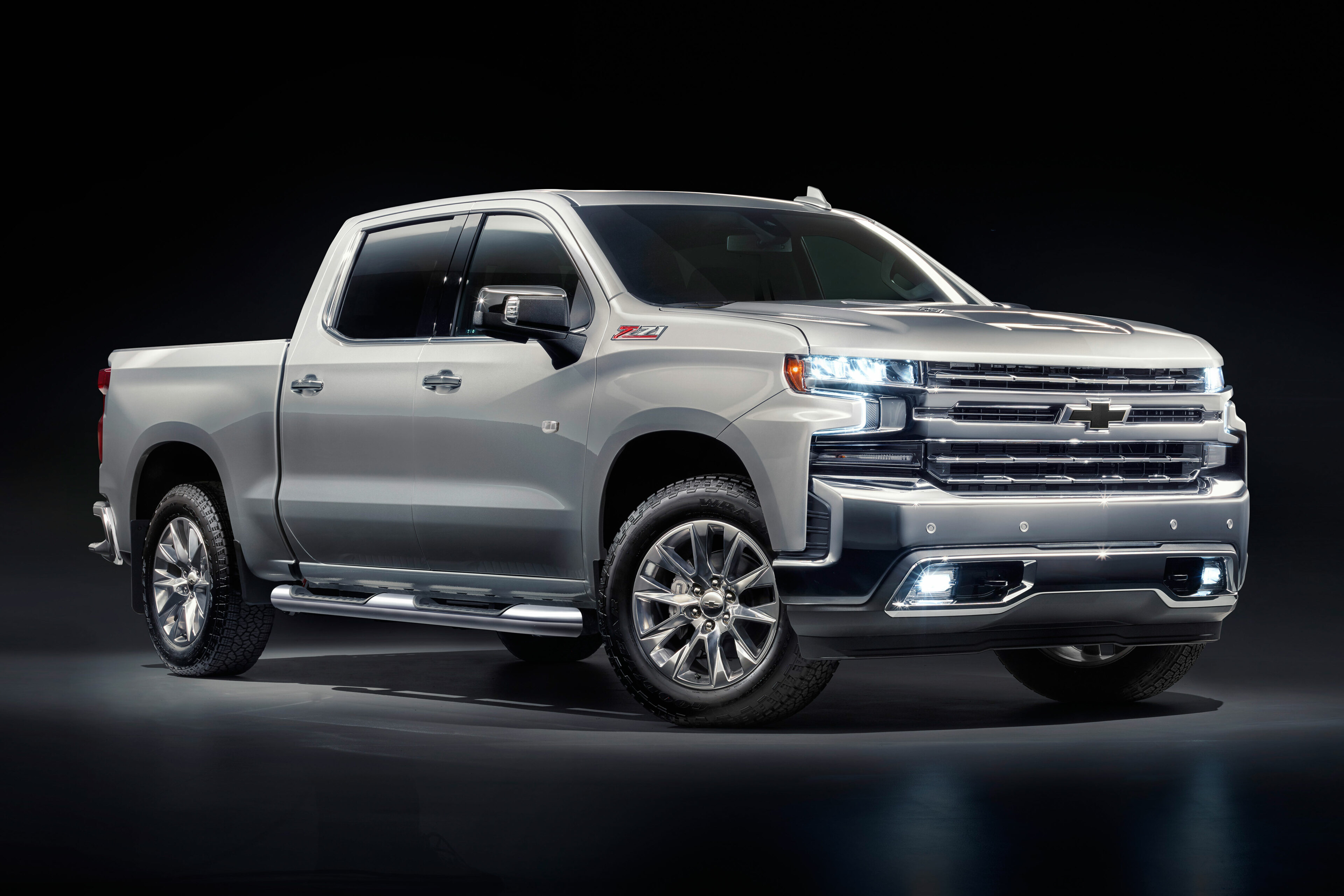
Block type: Alloy
Bore size: 4.06in
Capacity: 6.2L
The new-gen 6.2-litre V8 found in GM’s light-duty trucks (including the Chev Silverados now so plentiful on Australian roads), the L86 and L87 are basically the same engine with minor packaging differences to suit the various models they’re sold in. Largely the same as the high-performance LT1 apart from the intake manifold, the 420hp L86/L87 also runs 11.5:1 comp and a forged steel crank, although it misses out on the LT4’s forged pistons.
Engine code: LT4
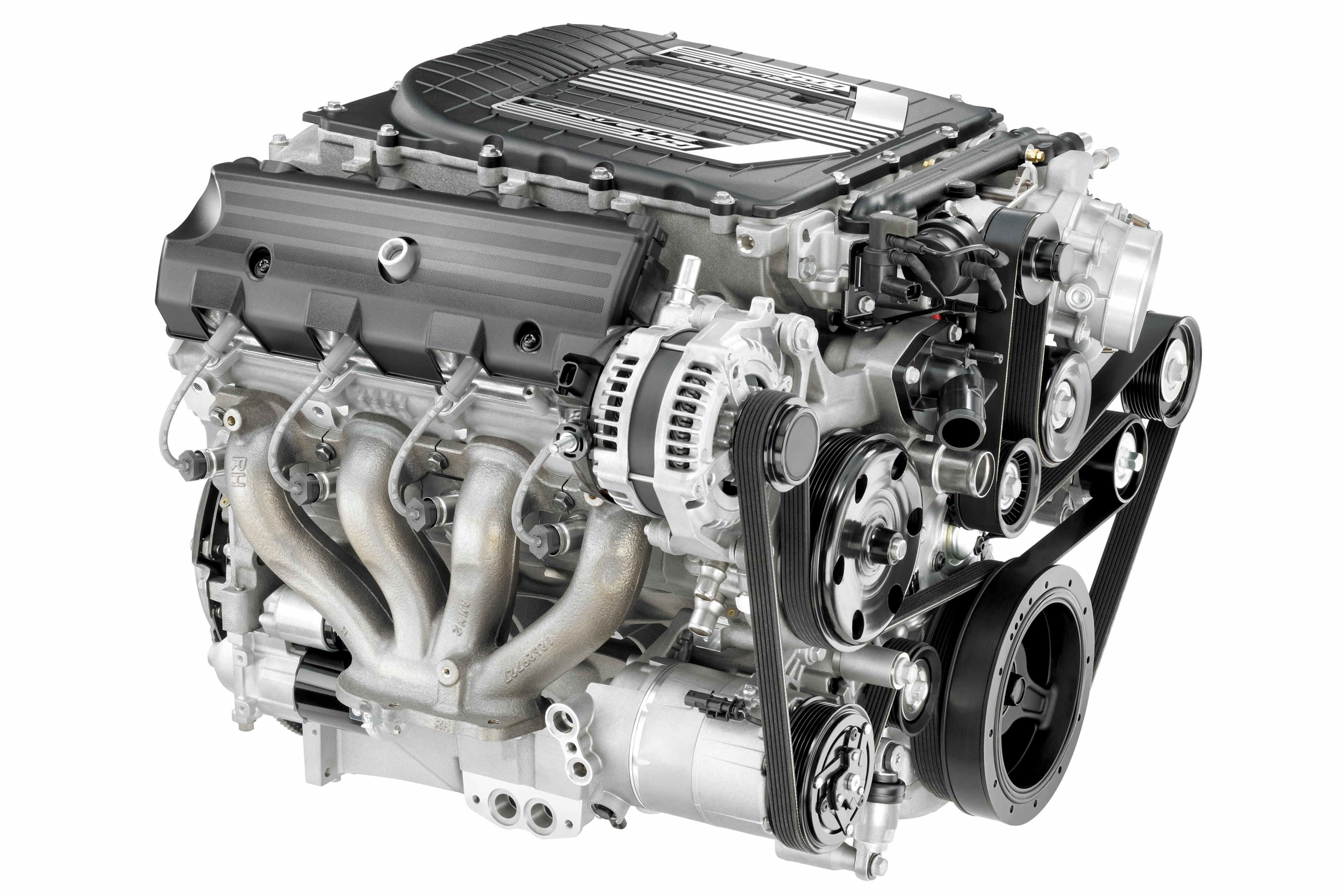
Block type: Alloy
Bore size: 4.06in
Capacity: 6.2L
With more power than the fabled, hand-assembled LS9, the 650hp LT4 blew minds when it debuted in the C7 Corvette Z06. Aussies got a taste when the ZL1 Camaro lobbed Down Under in 2019. The compression is 10:1, with forged pistons and rods getting the nod on top of the forged crank. A new, skinnier 1.7-litre Eaton supercharger allowed 9.4psi of boost and lower bonnet heights, and the mill itself retained other Gen V signatures like variable valve timing, alloy construction and direct injection. The LT4 took over from the 580hp LSA as GM’s go-to supercharged crate motor for years, listing at $US15,000.
The cylinder heads are an all-new design, as GM had a heck of a job fitting valves, a sparkplug and a fuel injector into the combustion chamber. They’re universal castings, which means the left and right are the same, but the orientation of the intake and exhaust valves is reversed compared to a traditional LS head. This will require new headers for a car previously fitted with an LS, and you’ll also need a Gen V-fitment intake manifold, as the LS item won’t fit.
They do share the same reluctor-wheel tooth count on the crank, but the electronics required to run all the factory functions of an LT aren’t as simple thanks to the variable valve timing, active fuel management, direct injection and more.
There is good news for those wanting to mix-and-match their LS and LT hardware, though, as the aftermarket is now selling tools that make it easier to fit an LS top end on your LT short motor, or vice versa. While the head bolt pattern and water jackets line up between LS and LT heads, the locating dowels have moved from the lower outer position (LS) to upper outer (LT).
This doesn’t resolve the issue with piston-to-valve clearance on the high-compression LT engines. There is also the issue of the Gen V camshaft, which features a unique eccentric at the back of the shaft to drive the mechanical direction-injection fuel pump, and this means you’d likely need to swap to a new cam and lifters at the same time.
Engine code: LT2
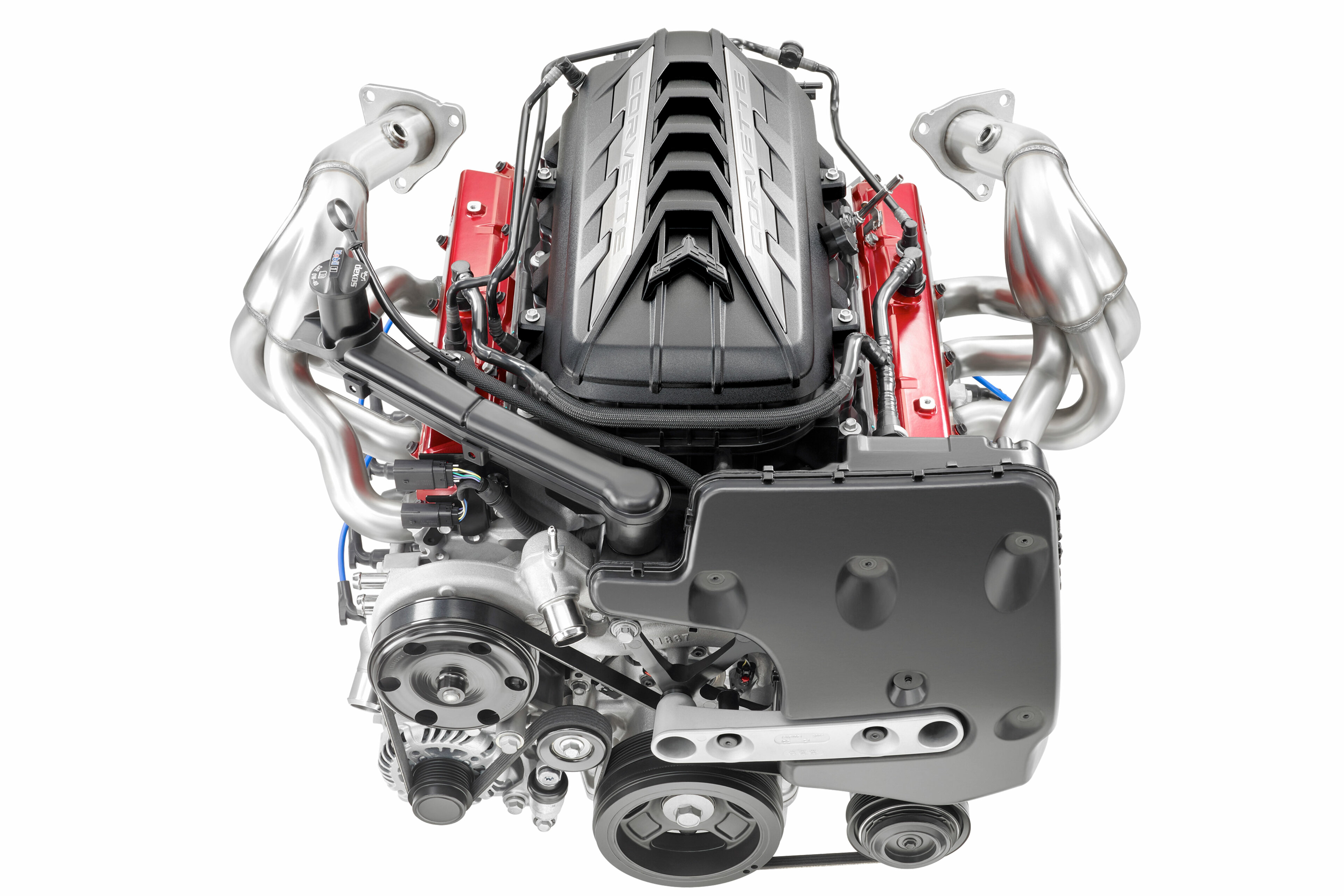
Block type: Alloy
Bore size: 4.06in
Capacity: 6.2L
The C8 Corvette’s mid-engined layout created huge packaging headaches for General Motors, so the LT2 rectified this. Most of the central specs of the LT2 are the same as the LT1, including the compression ratio, bore/stroke, base block specs and head layout, but the cam is more aggressive, it has new intake and exhaust systems to suit the MR placement, and a dry sump oil system. This means it pumps out an impressive 495hp.
Engine code: LT5
Block type: Alloy
Bore size: 4.06in
Capacity: 6.2L
The Corvette ZR1 is known as GM’s fastest production car, and the seventh-generation model certainly saw to that, with a gigantic 755hp output. The basic specs are largely the same as the LT4, but the main difference happened up top, with the 2.65-litre supercharger offering nearly a litre extra capacity over the LT4’s pump. The 2650 blower is so big it meant the LT5 runs port injectors as well as direct injection just to keep up with the fuel demand. With the C7 ZR1 long out of production, these days the LT5 is offered as a crate motor.
Engine code: L8T
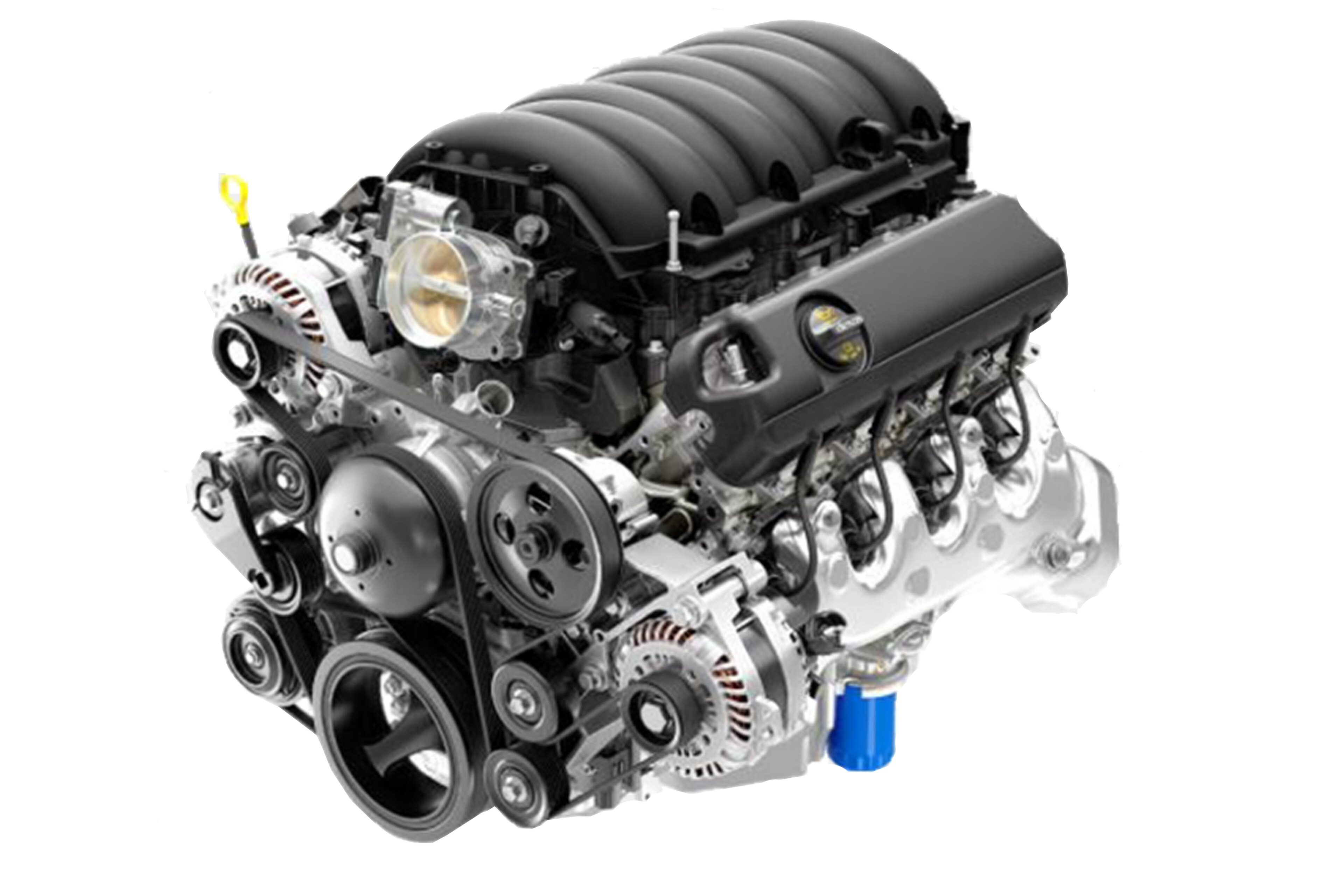
Block type: Iron
Bore size: 4.05in
Capacity: 6.6L
The only iron-block LT engine and the largest-capacity Gen V (6.6 litres, or 400ci in the old money), the L8T is GM’s answer to Ford’s 7.3 Godzilla. Used in heavy-duty trucks, the L8T’s forged crank and 3.86 stroke differ from the other LT truck motors, while the intake manifold and cam are geared for lower-rpm torque production. Though the mill is only rated at 401hp stock, the L8T block and crank are already available from Chevrolet Performance as aftermarket accessories, which will no doubt be used for boosted builds soon.
Engine code: LT376
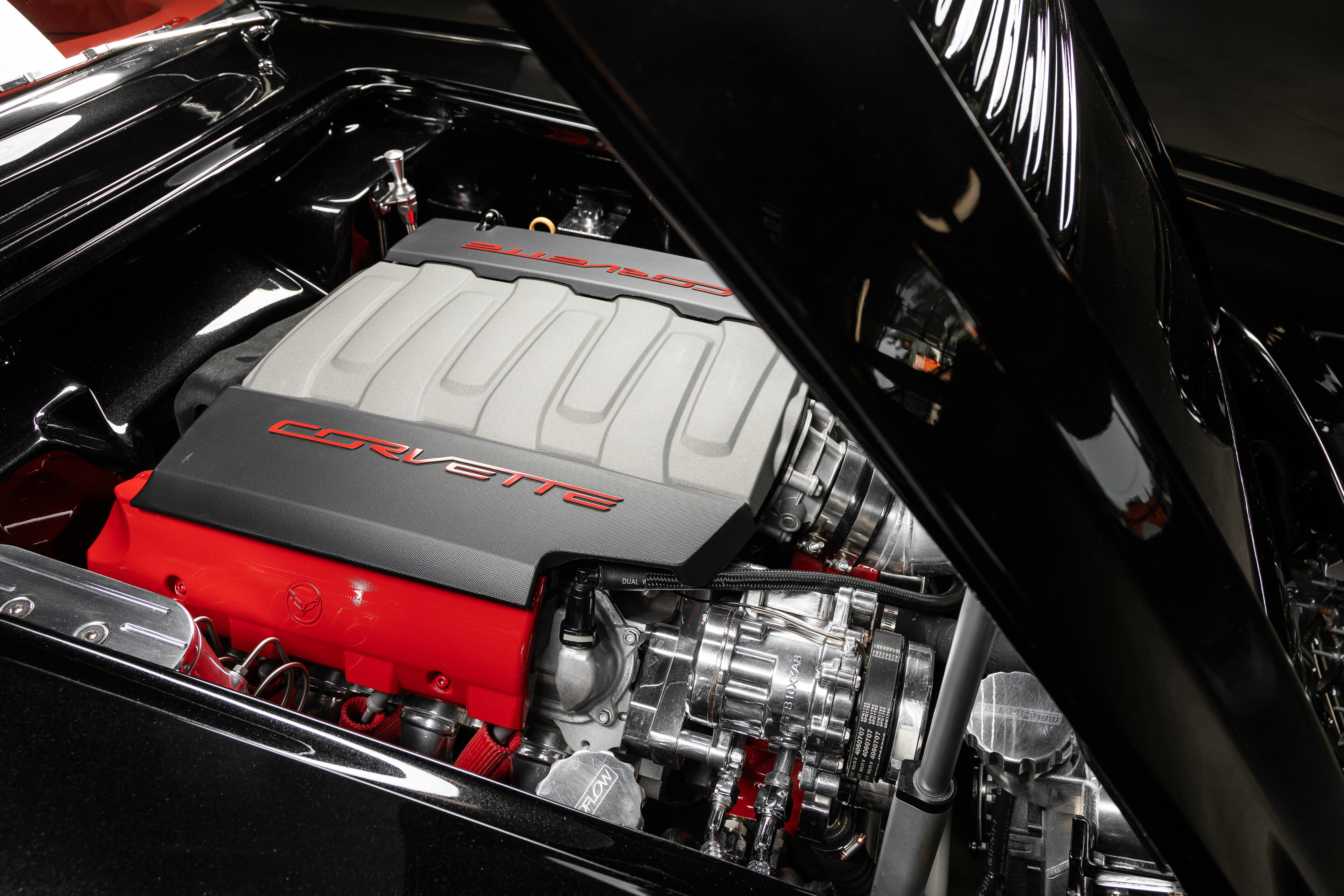
Block type: Alloy
Bore size: 4.06in
Capacity: 6.2L
The LT376 is essentially an LT1 that GM sells as a higher-performance crate motor. Packing the LT Hot Cam (228°/248° duration) and CNC-ported cylinder heads, it lifts the LT1’s horsepower up 75hp, throwing down 535hp. The LT376 is available alongside several other LT engines as part of Chevrolet Performance’s crate engine program, including the 650hp LT4 and big-banger 755hp LT5.
Gen V LT engine swap tips and info

IF YOU’RE fixin’ to slap an LT5 in where your LS1 or LS3 used to be, then you’re in for some surprises.
Firstly, GM changed the engine mount bosses on the side of the LT blocks, so you’ll need to make new engine mounts when swapping from an LS to an LT.
The cylinder heads are an all-new design, as GM had a heck of a job fitting valves, a sparkplug and a fuel injector into the combustion chamber. They’re universal castings, which means the left and right are the same, but the orientation of the intake and exhaust valves is reversed compared to a traditional LS head. This will require new headers for a car previously fitted with an LS, and you’ll also need a Gen V-fitment intake manifold, as the LS item won’t fit.
They do share the same reluctor-wheel tooth count on the crank, but the electronics required to run all the factory functions of an LT aren’t as simple thanks to the variable valve timing, active fuel management, direct injection and more.
There is good news for those wanting to mix-and-match their LS and LT hardware, though, as the aftermarket is now selling tools that make it easier to fit an LS top end on your LT short motor, or vice versa. While the head bolt pattern and water jackets line up between LS and LT heads, the locating dowels have moved from the lower outer position (LS) to upper outer (LT).
This doesn’t resolve the issue with piston-to-valve clearance on the high-compression LT engines. There is also the issue of the Gen V camshaft, which features a unique eccentric at the back of the shaft to drive the mechanical direction-injection fuel pump, and this means you’d likely need to swap to a new cam and lifters at the same time.
LT Gen V small-block engine specfications
| Engine code | Power (hp) | Torque (lb-ft) | Redline (rpm) | Displacement (L) | Bore (in) | Stroke (in) | Compression ratio |
| L83 | 355@5600rpm | 383@4100rpm | 5800 | 5.3 | 3.78 | 3.62 | 11:1 |
| L84 | 355@5600rpm | 383@4100rpm | 5800 | 5.3 | 3.78 | 3.62 | 11:1 |
| L87 | 420@5900rpm | 450@4100rpm | 6000 | 6.2 | 4.06 | 3.62 | 11.5:1 |
| LT1 | 460@6000rpm | 465@4600rpm | 6600 | 6.2 | 4.06 | 3.62 | 11.5:1 |
| LT2 | 495@6450rpm | 470@5150rpm | 6600 | 6.2 | 4.06 | 3.62 | 11.5:1 |
| LT4 | 650@6400rpm | 650@3600rpm | 6600 | 6.2 | 4.06 | 3.62 | 10:1 |
| LT5 | 755@6400rpm | 715@3600rpm | 6500 | 6.2 | 4.06 | 3.62 | 10:1 |
| LT6 | 670@8400rpm | 461@6300rpm | 8600 | 5.5 | 4.1 | 3.15 | 12.5:1 |
| LT376 | 535@6300rpm | 470@4600rpm | 6200 | 6.2 | 4.06 | 3.62 | 11.5:1 |
| L8T | 401@5200rpm | 464@4000rpm | 5600 | 6.6 | 4.05 | 3.86 | 10.8:1 |
Gen IV and Gen V V8 engines compared
| Engine | GEN IV LS3 | GEN V LT1 | GEN IV LS7 | GEN V LT6 | GEN IV LSA | GEN V LT4 | |
| Capacity | 6.2L | 6.2L | 7.0L | 5.5L | 6.2L | 6.2L | |
| Power (hp) | 430 | 460 | 505 | 670 | 580 | 650 | |
| Torque (lb-ft) | 474 | 465 | 480 | 461 | 555 | 650 | |
| Compression ratio | 10.7 | 11.5 | 11 | 12.5 | 9.1 | 10 | |
| Cylinder head | Aluminium, 2-valve | Aluminium, 2-valve | Aluminium, 2-valve | Aluminium, DOHC | Aluminium, 2-valve | Aluminium, 2-valve | |
| Oil system | Wet sump | Wet sump, variable pressure | Dry sump | Dry sump, variable pressure | Wet sump | Wet sump, variable pressure | |
| Induction | Naturally aspirated | Naturally aspirated | Naturally aspirated | Naturally aspirated | 1.9L Eaton supercharger | 1.7L Eaton supercharger | |
| Weight (kg) | 183 | 193 | 205 | 215 | 212 | 239 |
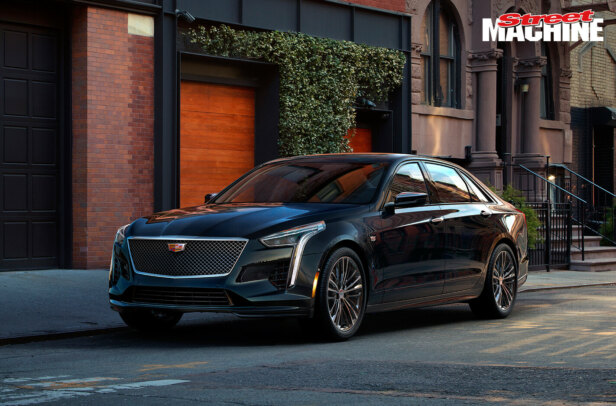
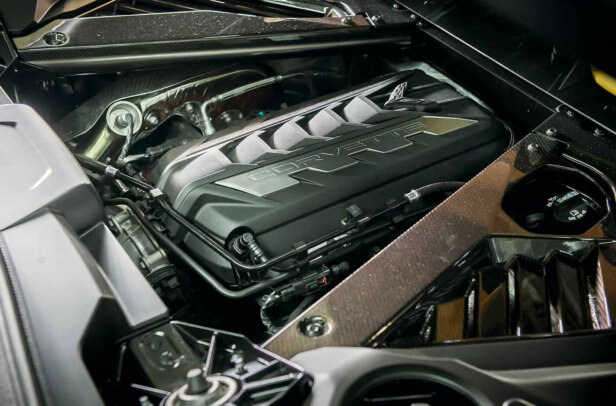
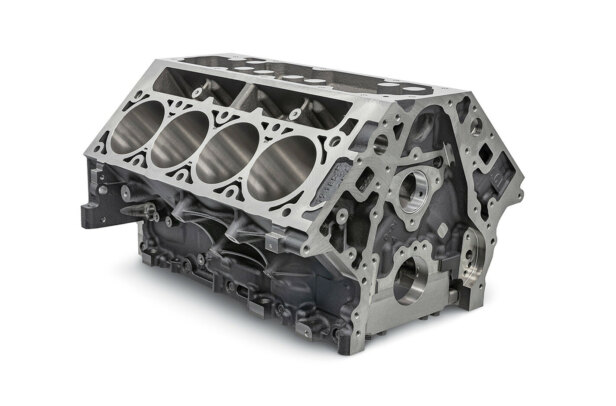
Comments